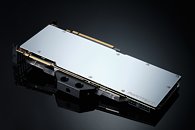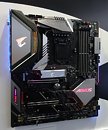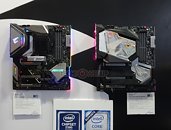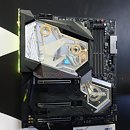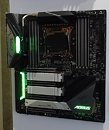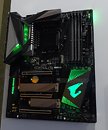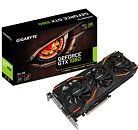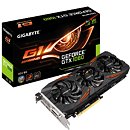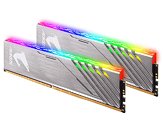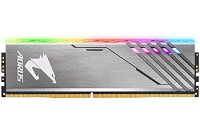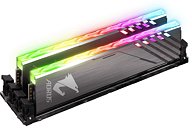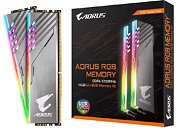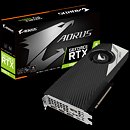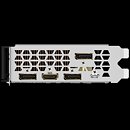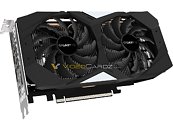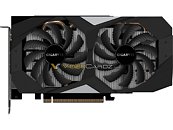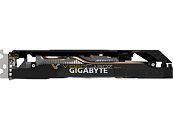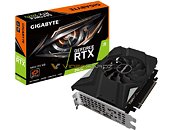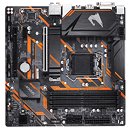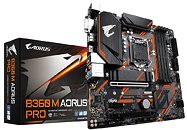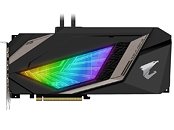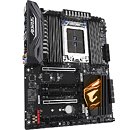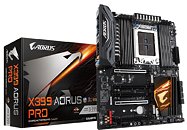
GIGABYTE Readies Out GeForce RTX 2060 Gaming OC Pro White
GIGABYTE is readying the GeForce RTX 2060 Gaming OC Pro White graphics card (GV-N2060GAMINGOC WHITE-6GC). A variant of the RTX 2060 Gaming OC Pro, the card features a white cooler shroud with chrome inserts, and an all-white metal back-plate. Contrasting the white is matte-black fan impellers capped with chrome hub stickers, and a black PCB that's carried over from the original.
The cooling solution features three aluminium fin-stacks arranged along four 6 mm-thick copper heat pipes that make direct contact with the GPU at the aluminium base. Heat drawn from the memory and VRM are transferred to this base by a secondary aluminium plate. Three 90 mm fans spinning in alternate directions (albeit same airflow direction), ventilate the heatsink. The card features idle fan-stop, which spools down the fans below a load/temperature threshold. The card draws power from a single 8-pin PCIe power connector. Display outputs include three DisplayPort and an HDMI 2.0. The card features GIGABYTE's highest factory-overclock for the RTX 2060, with 1830 MHz GPU Boost, although the memory frequency is untouched. The RTX 2060 Gaming OC Pro White could feature a minor $10-20 premium over the $379 MSRP of the original.
The cooling solution features three aluminium fin-stacks arranged along four 6 mm-thick copper heat pipes that make direct contact with the GPU at the aluminium base. Heat drawn from the memory and VRM are transferred to this base by a secondary aluminium plate. Three 90 mm fans spinning in alternate directions (albeit same airflow direction), ventilate the heatsink. The card features idle fan-stop, which spools down the fans below a load/temperature threshold. The card draws power from a single 8-pin PCIe power connector. Display outputs include three DisplayPort and an HDMI 2.0. The card features GIGABYTE's highest factory-overclock for the RTX 2060, with 1830 MHz GPU Boost, although the memory frequency is untouched. The RTX 2060 Gaming OC Pro White could feature a minor $10-20 premium over the $379 MSRP of the original.











